The investment flops of 2024: Avoiding these five downward market trends would have saved investors money
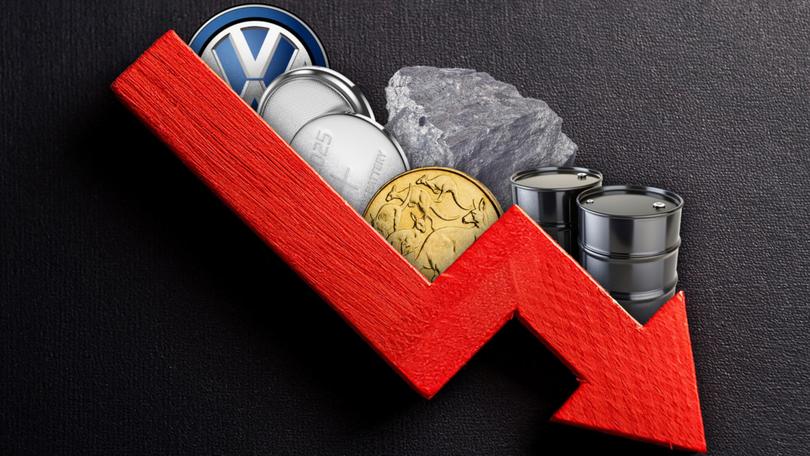
In the second part of our series on the best and worst performing investments of 2024, we turn away from the 400 per cent return across our basket of equities, cryptocurrencies and Argentina (!) to look at the year’s big financial disappointments.
Here are the five downbeat trends that, if avoided, would have saved investors a lot of money.
Automakers
Sign up to The Nightly's newsletters.
Get the first look at the digital newspaper, curated daily stories and breaking headlines delivered to your inbox.
By continuing you agree to our Terms and Privacy Policy.When one of the most famous names in carmaking is close to going under, you know something is seriously shaking up an industry.
Nissan, which makes three millions cars annually and has been in operation for 91 years, is in desperate talks to stay alive by merging with Honda.
The reason? Nissan, like many carmakers globally are being absolutely crushed by Chinese EV production.
From practically a standing start, Chinese brands have raced ahead in terms of innovation, design and comfort, ably assisted by a raft of government subsidies and tax incentives.
Other nations are fighting a rearguard action, with tariffs on Chinese EVs adopted in the EU and the US but the cat might be out of the bag.
Following the playbook of other manufacturing industries, when China backs a technology, it does it at scale. At 30 million units last year, China turns out three times as many cars as the next largest manufacturer, the USA.
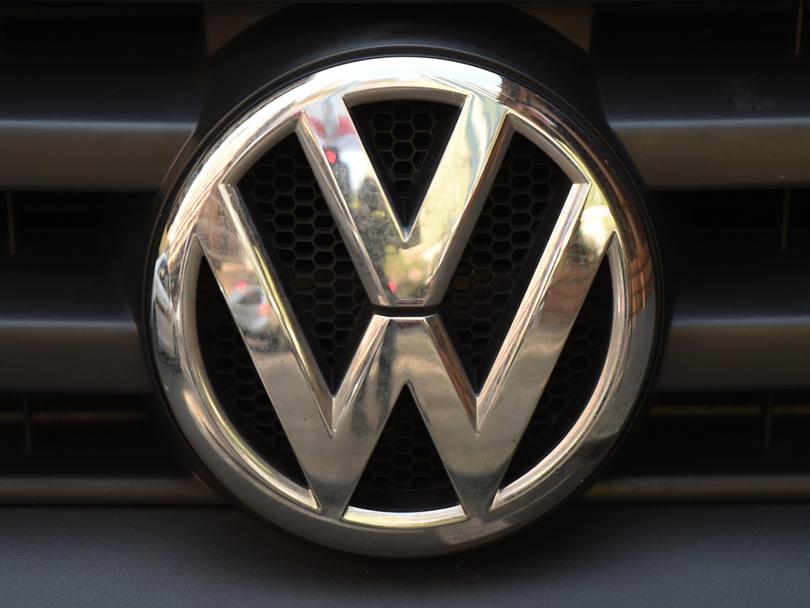
With a cost base that is 25 per cent cheaper than other jurisdictions, it is exporting 6 million units a year to a hundred countries at $US19,000 ($30,500) — less the half the price of a US or European built car.
And the cars are good. Ford’s most senior executives upon visiting Chinese carmakers remarked “these guys are ahead of us”.
The relentless competition from Chinese manufacturers not only hurts carmakers at home but in export markets, perhaps none more so than in China itself.
Where prestige European marques like Mercedes, BMW and Volkswagen were seen as status symbols for wealthy Chinese, now high end Chinese EVs are gracing driveways.
Share prices for major carmakers have been smashed, with top European brands down 20 per cent on average. Volkswagen is facing strikes over its plans to close three German plants and cut wages.
Stellantis, a tie up between Fiat and Chrysler is down 40 per cent, wiping $US50 billion off its value, while Ford is down 19 per cent.
Japanese carmakers have performed better from a stock market perspective but the threat of China is not going away.
Lithium Miners
You’d think that with all the lithium battery-powered EVs being churned out by China that lithium miners should be cruising.
Instead, they are suffering from a serious hangover. And that is before some self inflicted injuries.
Australian lithium miners have had a terrible 2024 with major names all falling by 50 per cent or more.
It comes after explosive growth in the sector where shares in companies like Liontown rose 10-fold as lithium soared to $US8000 ($13,000) a tonne on a perceived shortfall relative to Chinese manufacturing demand. But the promise of riches drove more exploration and eventual oversupply, and lithium has fallen back to below $US1000 ($1600) a tonne.
Special commiserations go to Mineral Resources investors, who had to suffer a 52 per cent drop in the share price thanks to more than market conditions.
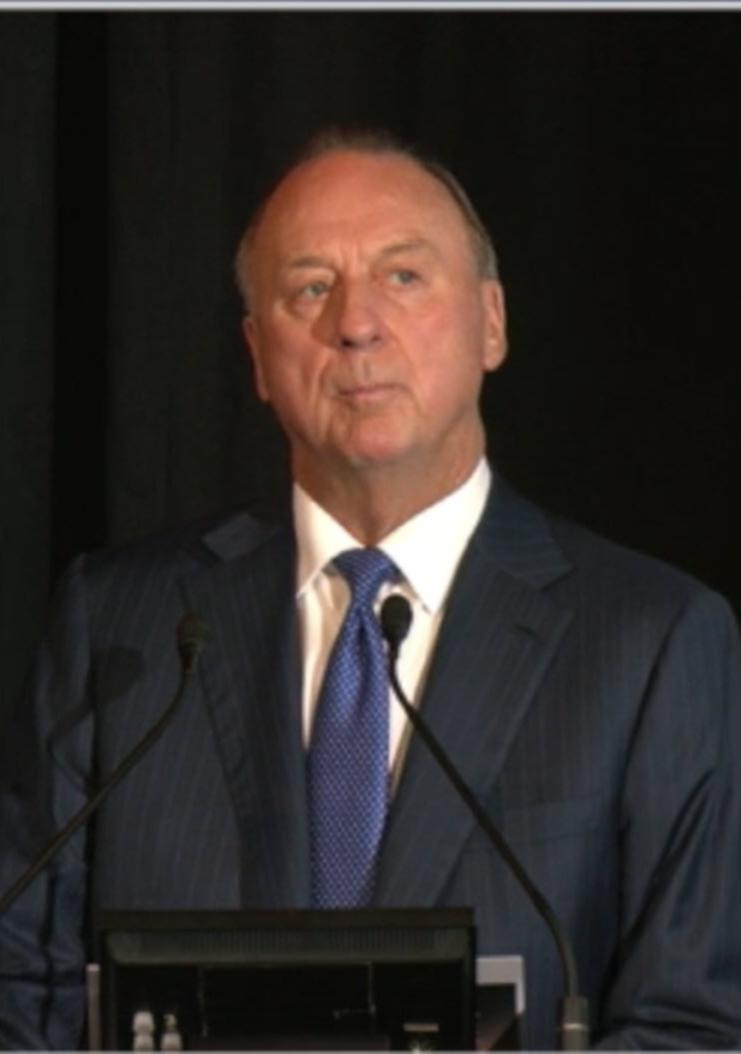
MinRes founder Chris Ellison added insult to injury when it was revealed he was doing deals with company money that benefited him and his family, as well as allegedly running an offshore tax evasion scheme.
Good-ish news for lithium devotees might be around the corner. Investment bank UBS expects the lithium price to turn around next year as supply falls short of demand.
Iron Ore
There’s no such hope for iron ore companies, however.
Iron ore has sunk from $200 in 2021 to less than $100 now, taking our major companies with it.
BHP and Rio are 21 and 14 per cent respectively, while Fortescue has shed 47 per cent.
It is hurting Australia’s bottom line too. In the most recent Budget update, Treasurer Jim Chalmers revealed that the era of “earnings upgrades” was over and the Government wouldn’t be enjoying a revenue boost from a higher than expected iron ore price.
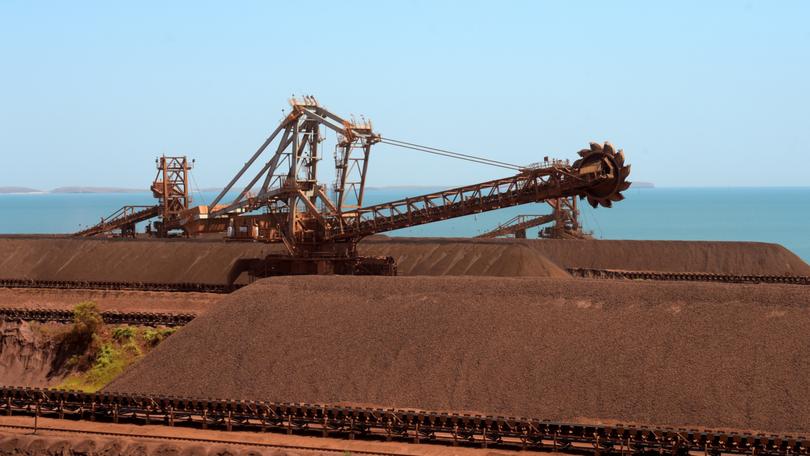
2025 is not expected to bring any further good news, with China’s economy remaining in the doldrums despite stimulus efforts by the Politburo.
According to Citi research, China’s steel mills are seeing low profitability amid weak demand and there are suggestions that the Chinese government might look to enforce production cuts, hurting the iron price in the medium term.
This comes as new supply comes into the market.
OPEC
The once mighty oil cartel is looking more and more timid as, bit by bit, members and allies such as Russia are forced to side-step sanctions, all while global demand remains weak.
The Organization of the Petroleum Exporting Countries (OPEC) was already constraining supply with a plan to start pumping more early next year, but was forced to push those plans back as a supply overhang pushed the price of crude down to $US70 per barrel.
For the year to date, oil is flat and a long way from the $83 dollars a barrel in January, or even the $106 a barrel in 2022.
Part of the problem is OPEC members breaking their own capacity commitments. US shale oil is also now a much larger part of the market.
But the biggest issue is China’s continued economic weakness.
The International Energy Agency expects Chinese oil demand to grow by just 220,000 barrels per day in 2025, versus 1.4 million in 2023.
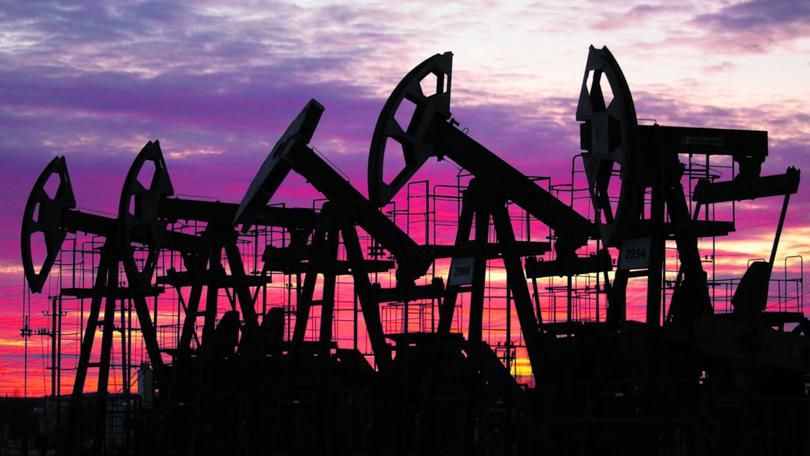
A slow economy is a key factor but the growth in electric vehicles may deliver a significant structural change that puts permanent pressure on the oil price.
With EVs and plug-in hybrids accounting for more than half of China’s auto sales in recent months, analysts believe oil consumption may have peaked.
Oil company shares have felt the pain. In Australia, Woodside and Santos are down 22 and 14 per cent respectively, while global giant BP is down 18 per cent and the US’s Occidental is down 19 per cent.
It’s not all bad news however: analysts believe energy stocks are a value pick for 2025 as energy hungry data centres force more countries to burn natural gas to shore up power grids.
Plus, Warren Buffet, the Oracle of Omaha, is buying Occidental, and he is one of the world’s best judges of buying opportunities.
The Australian Dollar
This may be a bit unfair as the Aussie, haven fallen 9 per cent to below 62 US cents, was not alone in tumbling against the greenback.
In fact, most other currencies also fell, with the Kiwi down 11 per cent, the Japanese Yen 11 per cent, and the euro down 6 per cent.
The continued strength of the US economy has seen it dominate currency markets. Despite a rapid rate cutting cycle, the prospects for American growth far outweigh the rest of the world and markets are already looking forward to higher US rates in the medium term.
It is unlikely that the Aussie will climb off the canvas anytime soon, with a weak domestic growth forecast and the poor outlook for iron ore. The next interest rate change will likely be a cut, which would further sink the AUD.

Unfortunately, a low dollar is inflationary as it pushes up the price of imports. Aussie dollar weakness may result in no interest rate cut at all.
One country fared far worse when it comes to exchange rates, however.
Spare a thought for Mexico, which saw the peso drop 18 per cent.
Part of that was down to domestic reforms announced by its newly elected president in June, but the larger threat was what Donald Trump’s tariffs would do to Mexico’s export sector.

